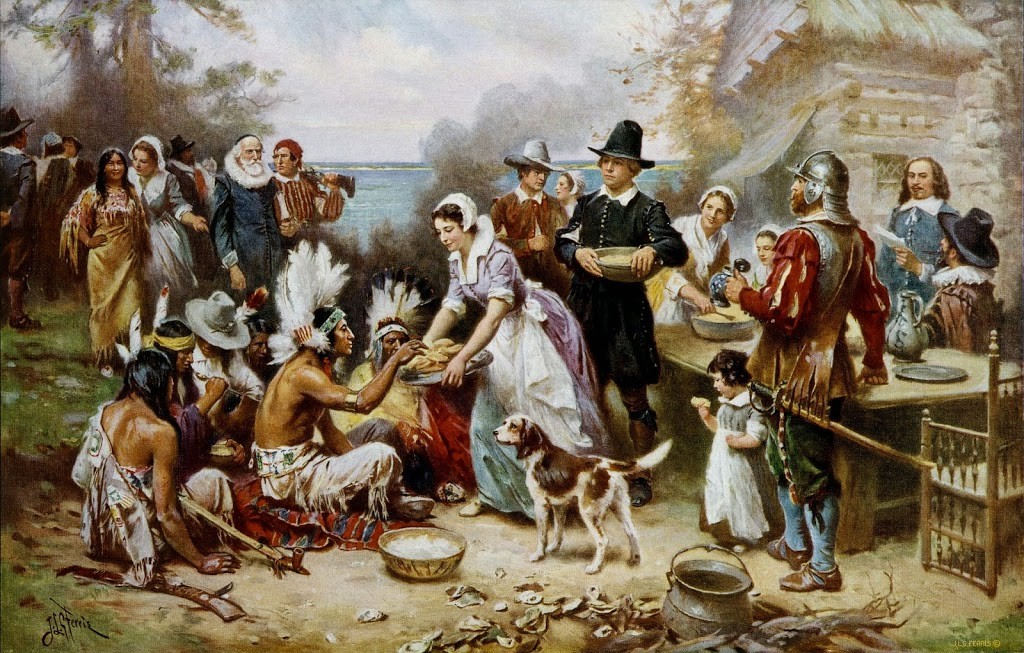Tracing the history of agricultural products is one way scientists track the migration of people during times when no written records were left behind to offer clues. (Yirda; PHYS)
On his voyages across the Pacific, Captain James Cook encountered geographically disparate Polynesian societies, including those living on Easter Island, Hawai‘i and the north island of New Zealand. These far-flung communities cultivated a common crop, sweet potato. (Denham; NCBI)
Researchers later sampled specimens brought back by early explorers (including Cook.) They found that the DNA evidence indicated that the sweet potato had migrated to Polynesia long before European explorers had made their way to that part of the world. (Yirda; PHYS)
Peruvians first domesticated the sweet potato around 8,000-years ago. And though the crop spread from there, the means by which it traveled have always remained contentious.
One possibility was that Polynesian sailors first brought it home from across the ocean: The oldest carbonized sweet potato evidence in the Pacific hails back to about 1,000 AD – 500-years before Columbus sailed to the Americas.
The Polynesian word for sweet potato resembles the central Andes’ Quechua people’s word for the vegetable. (SmithsonianMag) Polynesian word for sweet potato ‘kuumala’ resembles ‘kumara,’ or ‘cumal,’ the words for the vegetable in Quechua, a language spoken by Andean natives. (NPS)
By analyzing the DNA of 1,245 sweet potato varieties from Asia and the Americas, researchers have found genetic evidence that proves the root vegetable made it to Polynesia from the Andes.
DNA studies did not just look at potatoes, research suggests Polynesians from Easter Island and natives of South America met and mingled before 1500 AD, 3-centuries after Polynesians settled the island also known as Rapa Nui. In the genomes of 27 living Rapa Nui islanders, the team found dashes of European and Native American genetic patterns.
But did Polynesians land on South American beaches, or did Native Americans sail into the Pacific to reach Rapa Nui? (Lawler; ScienceMag) Or, did its seeds possibly hitch a ride on seaweed or natural raft, or gotten lodged in the wing of a bird? (NPR)
“Our studies strongly suggest that Native Americans most probably arrived (on Rapa Nui) shortly after the Polynesians (got there.)” (Erik Thorsby; ScienceMag)
But many scientists say that Pacific currents and Polynesian mastery of the waves make it more likely that the Polynesians were the voyagers. They may have sailed to South America, swapped goods for sweet potatoes and other novelties—and returned to their island with South American women. (Lawler; ScienceMag)
“There’s a lot of evidence accumulating … that the Polynesians made landfall in South America. We think they had sophisticated, double-hulled canoes – like very large catamarans – which could carry 80 or more people and be out to sea for months.” (Kirch; NPR)
But Polynesians didn’t just grab the potatoes and head home. There are clues that they may have introduced chickens to the continent while they were at it.
“(T)here is this baffling evidence that there were chickens in western Peru before Columbus.” (Mann; NPR) Chicken bones – unknown in the Americas before 1500 AD have been excavated on a Chilean beach, which some believe predate Columbus. (NPR)
The researchers found strong evidence that “supports the so-called tripartite hypothesis, which argues that the sweet potato was introduced to Polynesia three times: first through premodern contact between Polynesia and South America, then by Spanish traders sailing west from Mexico, and Portuguese traders coming east from the Caribbean.”
“The Spanish and Portuguese varieties ended up in the western Pacific, while the older South American variety dominated in the east”. (SmithsonianMag)
It is believed the sweet potato then made three independent trips to Southeast Asia. The Polynesians probably introduced it in 1100 AD. While the Spanish and Portuguese brought other varieties from the Americas around 1500. (NPR)
“I’m delighted to see the (tripartite) hypothesis now further confirmed by these recent results.” (Kirch; Nature) Such studies of how humans moved plants and animals, Kirch says, show what the late pioneering ethnobotanist Edgar Anderson called “man’s transported landscapes.”
Historical specimens will be crucial to explaining these patterns. The sweet potatoes collected by Captain Cook’s voyage, for example, “provided time-controlled data” that show “the importance of continuing to curate such specimens in the world’s museums”. (Nature)
As widely used as it is now, the sweet potato could play an even bigger role in feeding people across the world: climate change may help the roots grow even bigger. (SmithsonianMag)
He ʻuala ka ʻai hoʻola koke i ka wi.
The sweet potato is the food that ends famine quickly. (ʻŌlelo Noʻeau from Pukui)





















